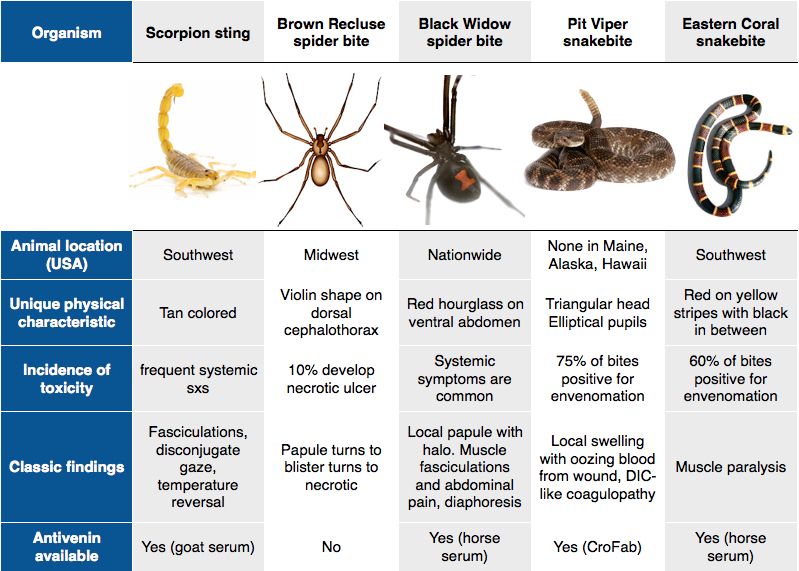12+ Tips To Stop Baby Gums Bleeding Tonight

The sight of blood on your baby’s gums can be alarming, especially when it’s their first experience with teething. Bleeding gums in babies are more common than you think, and in most cases, it’s a normal part of the teething process. However, it’s essential to understand why it happens and what you can do to soothe your baby’s discomfort and stop the bleeding. Here are 12+ tips to help you navigate this challenging phase.
Understanding Why Baby Gums Bleed
Before diving into the solutions, it’s crucial to understand the reasons behind bleeding gums in babies. The primary cause is teething, where the erupting tooth causes irritation and minor injury to the gum tissue, leading to bleeding. Sometimes, the bleeding can be due to the baby’s eager exploration of their environment through mouthing objects, which might accidentally injure their gums.
Tips to Stop Baby Gums Bleeding
Cold Teething Toys: Provide your baby with cold teething toys or teething rings that have been chilled in the refrigerator. The cold sensation can help numb the area, reduce swelling, and ease the discomfort, which in turn can help stop the bleeding.
Gently Massage the Gums: Use your finger to gently massage your baby’s gums in a circular motion. This can help reduce the swelling and ease the pain. Be sure to wash your hands before and after to prevent any infection.
Keep Your Baby Upright: After feeding, try to keep your baby in an upright position for about 30 minutes. This can help reduce any pressure on the gums and prevent further irritation.
Use a Cold, Wet Washcloth: Applying a cold, wet washcloth to the gum area can provide relief. The cold temperature can help reduce any swelling and numb the pain.
Offer a Teething Biscuit: Some babies find relief in chewing on a teething biscuit. Ensure the biscuit is large enough so it won’t be a choking hazard and is specifically designed for teething to avoid any allergens.
Homeopathic Remedies: Some parents find homeopathic remedies like chamomilla or belladonna helpful in soothing their baby’s discomfort. However, it’s essential to consult with your pediatrician before trying any new remedies.
Monitor for Overstimulation: Sometimes, too much stimulation can exacerbate the discomfort. Monitor your baby’s behavior and try to maintain a calm environment, especially during teething phases.
Maintain Good Oral Hygiene: Even before the first tooth appears, it’s a good idea to gently wipe your baby’s gums with a soft cloth after feedings. This helps keep the area clean and reduces the risk of infection.
Keep an Eye on the Temperature: High fever can sometimes accompany teething and might increase bleeding. Keep an eye on your baby’s temperature and consult your pediatrician if it exceeds 100.4°F (38°C).
Topical Anesthetics: In some cases, your pediatrician might recommend a topical anesthetic to numb the gums. However, these should be used with caution and only under professional advice.
Dietary Changes: For breastfed babies, sometimes a change in the mother’s diet can affect the baby’s stool and potentially reduce irritation during teething. However, it’s crucial to discuss any dietary changes with your healthcare provider.
Consult Your Pediatrician: If the bleeding is heavy, doesn’t stop, or is accompanied by other concerning symptoms like fever, vomiting, or refusal to feed, it’s essential to consult your pediatrician. They can provide a proper assessment and advice tailored to your baby’s specific situation.
Additional Tips for Soothing Your Baby
- Skin-to-Skin Contact: Sometimes, the comfort of skin-to-skin contact can soothe your baby and reduce crying, which might exacerbate bleeding.
- White Noise: Background white noise can help create a calming environment, reducing your baby’s stress and discomfort.
- A Pacifier for Comfort: If your baby uses a pacifier, it might offer them comfort during teething. However, ensure it’s used safely and according to current guidelines.
Conclusion
While it can be distressing to see your baby’s gums bleed, understanding the reasons behind it and having the right strategies can make a significant difference. By combining these tips with a consult from your pediatrician when needed, you can help your baby navigate the teething process more comfortably. Remember, every baby is different, so it might take some trial and error to find what works best for your little one.
What is the normal age range for teething to start in babies?
+Teething typically starts when babies are around 6 months old, but it can begin as early as 3 months or as late as 12 months. The first teeth to appear usually are the two bottom front teeth, also known as central incisors.
How long does the teething process last?
+The teething process can last for about 2 to 3 years, as babies get their full set of 20 primary teeth. However, the most intense period of teething usually happens between 6 to 12 months.
Are there any over-the-counter medications I can give my baby for teething pain?
+It’s always best to consult your pediatrician before giving your baby any medication. For teething pain, acetaminophen (such as Tylenol) is sometimes recommended, but it should be used according to the specific dosage instructions provided by your doctor, taking into account your baby’s age and weight.



